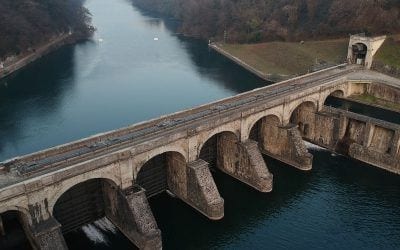AUTHORS
Andrea Masini, Ciro Lanzetta, Giuseppe Leotta, Gian Lorenzo Giuliattini Burbui, Pasquale Guerrisi and Maria Luisa Lo Trovato.
ABSTRACT
Nowadays remote sensing information can be exploited to support the management of renewable energy plants during all its life cycles. Earth observation satellite can provide a continuous monitoring of each location of the earth. Low-resolution and high-resolution imagery can be exploited to obtain accurate descriptions of the monitored scenarios/plants. Moreover, the use of unmanned air vehicle can provide complementary information to monitor important features not detectable with satellite sensors. i-EM and Flyby developed and tested a system, called 4D-REDSS (4D Renewable plants Decision Support System) aimed to exploit remote sensed data to advantage and support the management of solar plant during the construction and pre-commissioning phase.




